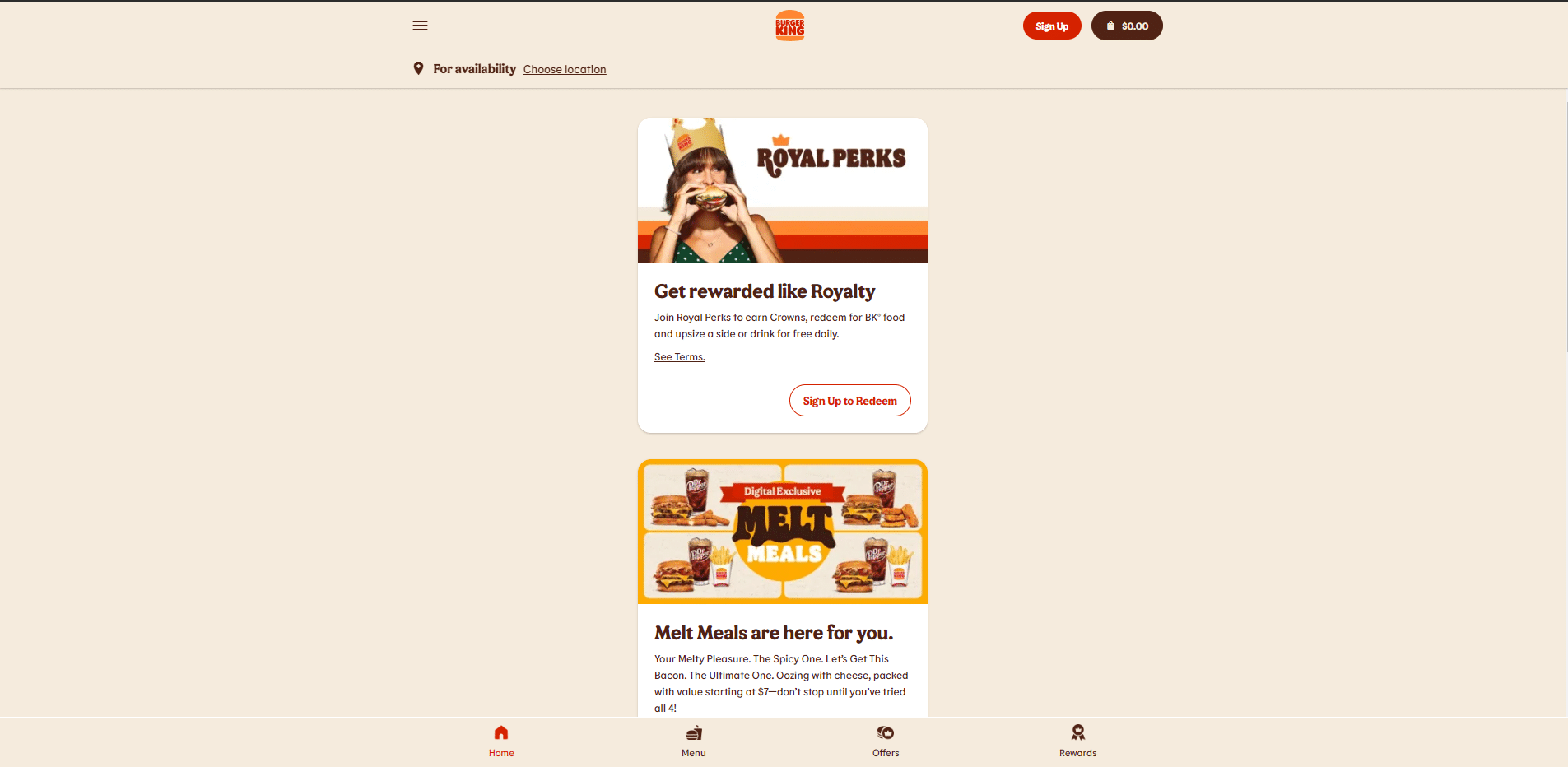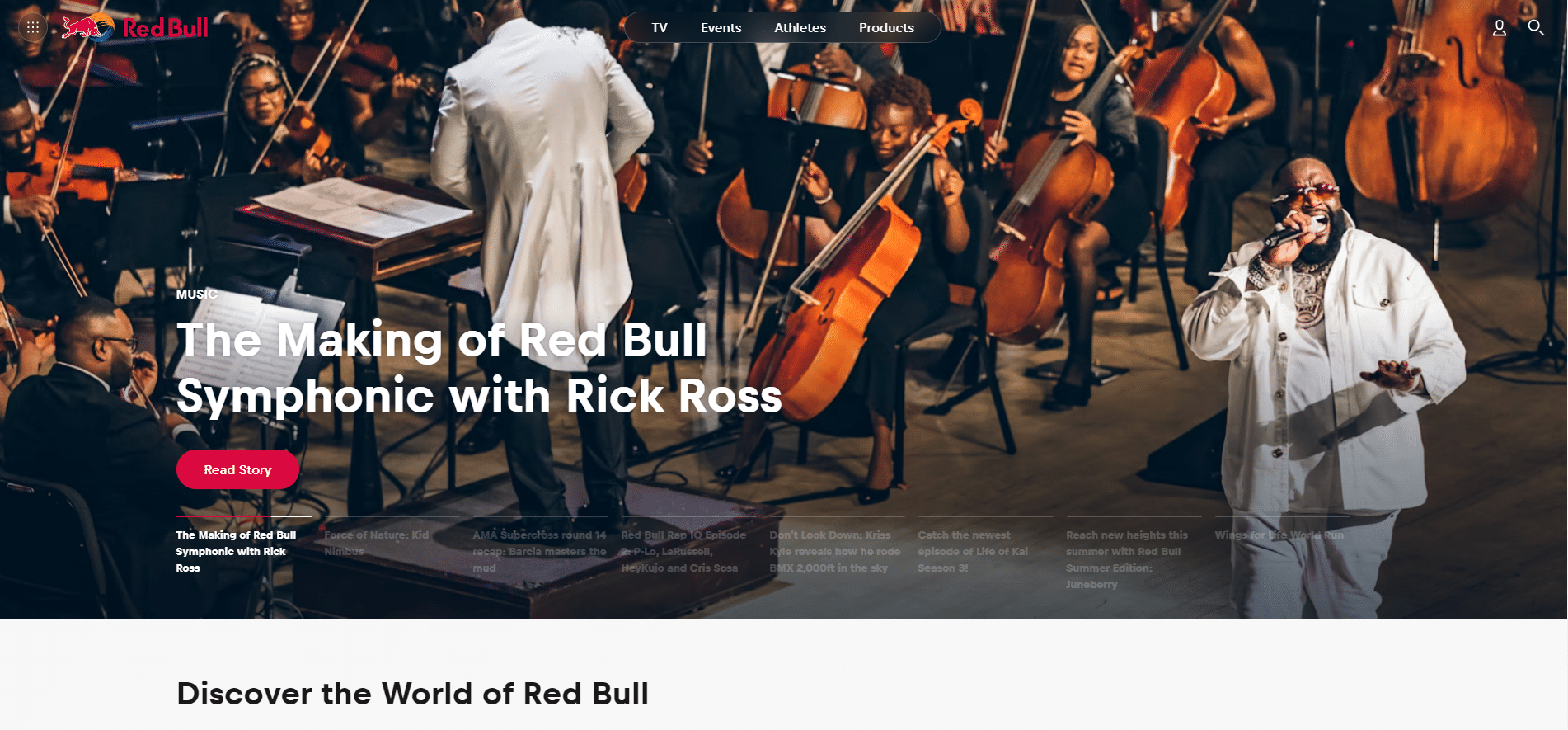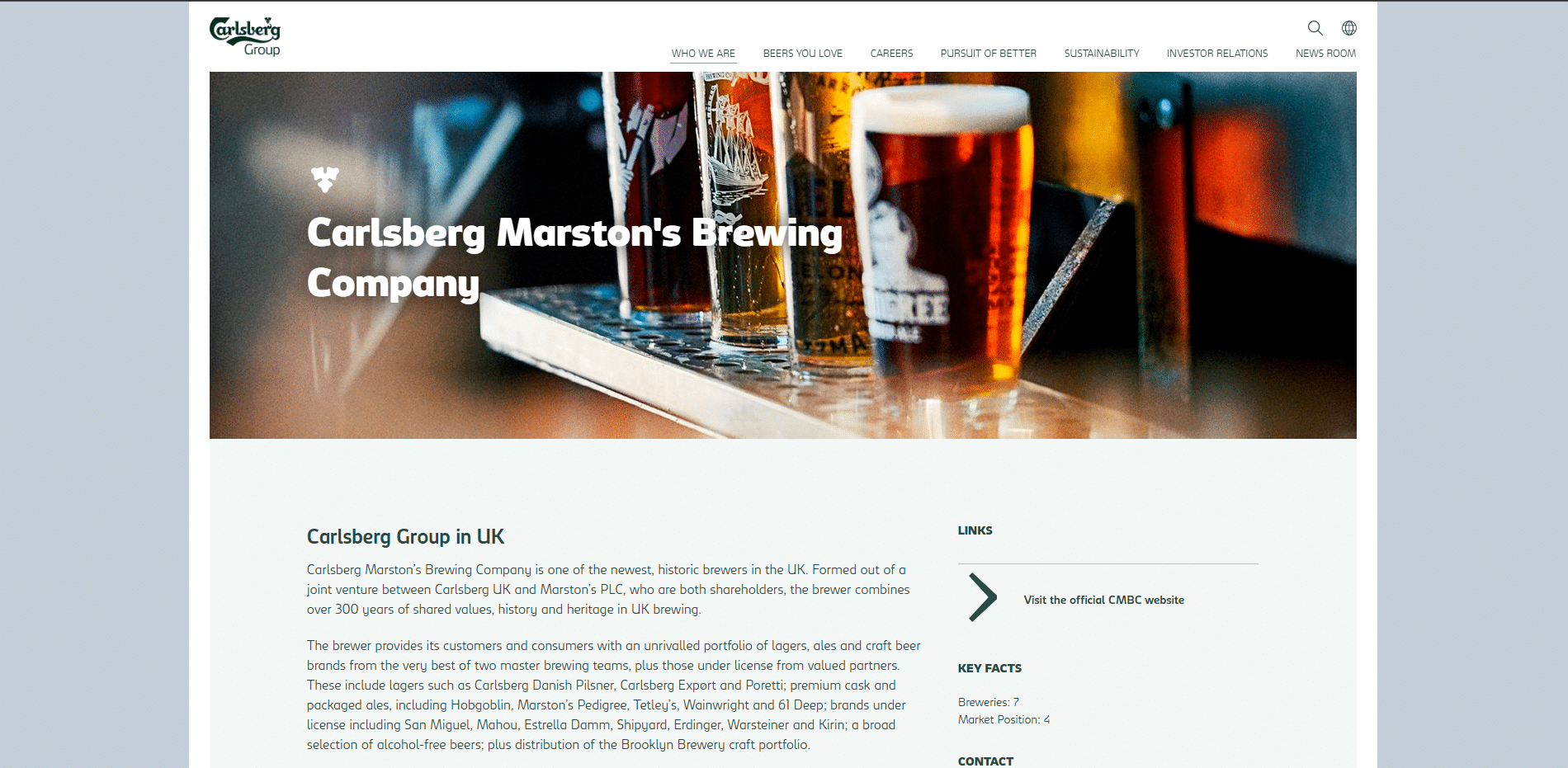We are not talking about animals. If you’re wondering, we’re going to talk about guerilla marketing to be exact. Ready to know everything about this term? Then let’s get to it 🚀.
On the agenda for this article:
- Guerilla marketing : What is it ?
- Types of guerilla marketing.
- The advantages of this strategy.
- Examples of successful guerilla marketing.
- How to succeed in a guerilla marketing campaign.
What is Street Marketing ?
Street marketing refers to a type of marketing strategy that involves the use of inconventional and low-cost tactics to promote a product or service. The goal of street marketing is to create a buzz or viral effect that generates a high level of attention and interest from the target audience.
This type of marketing often involves creating provocative or attention-grabbing advertisng campaigns, such as using :
- Street art 🖌️.
- Flashs mobs.
- Stunts in public areas.
It may alsol involve partnering with influencers or socail media personalities to reach a wider audience.
Guerilla marketing has been used for decades, with early examples including political campaigns and activism efforts. In the 1980s and 1990s, the term became more widely used in the marketing world 🪐, as companies began to experiment with unconventional advertising tactics to stand out in a crowded marketplace.
Overall, it can be an effective way to generate buzz and engage with customers, especially for smaller businesses or startups with limited marketing budgets. However, it can also be risky, as some campaigns may be perceived as offensive or insensitive.
It is often used to reach audiences that are hard to reach with traditional advertising methods, such as youth, urban and dense populations. It can also be a cost-effective option 💰 for small businesses looking to gain local exposure.
The different types of street marketing
Know that there are different types of marketing and we’re going to dive right in to find out which one might work for you.
Ambient Marketing
Ambient marketing, also known as ambient advertising or ambient media, is a form of guerilla marketing that involves creating advertising message or installations in unexpected or unconventional locations or objects. The goal of ambient marketing is to surprise and engage the audience in a way that traditionnal advertising cannot.
It can take many forms, such as stickers, projections, murals, installations or even products designed to look like other objects. Some examples of ambient marketing include :
- Advertisements on escalators or stairs, which can create a dynamic and memorable experience for peoaple using the stairs.
- Decals or stickers on public transportation vehicles, such as buses or trains, that draw attention to a product or service.
- Creative installations in public spaces, such as a giant inflatable replica of a product.
- Guerilla projections, which involve projecting an image or message onto a building or other surface to create a dramatic visual effect.
Viral marketing
Viral marketing is a type of marketing strategy that involves creating and sharing online content with the goal of spreading rapidly and widely through social media and other online channels.
The content is designed to be so engaging, entertaining or useful that people voluntarily share it with their friends, family and followers, often leading to exponential growth in views and engagement.
Viral marketing can take many forms such as:
- Videos.
- Memes.
- Quizzes.
- Games.
- Challenges.
It can be highly effective at generating buzz and engagement and brand awareness especially among younger audiences who spend more time on social media.
Street art
Street art is a form of visual art that is created in public spaces, such as streets, alleys and buildings.
In the context of guerilla marketing, street art can be used to create attention-grabbing advertising message and installation that can reach a wide audience in a unique and memorable way.
Street art can take many forms, such as murals, graffiti, stencil art or installations made from found materials. Some examples of street art used in guerilla marketing campaign include:
- A large mural of product or brand logo on the side of a building or on a fence in a public area.
- Stencil art or graffiti that includes a clever message or image related to the product or service being advertised.
- An installation made from recycled materials such as a sculpture or a large installation that serves as a physical representation of the brand or the product.
Don’t forget that you need to ensure street art is legal and does not cause damage or disruption to public space or private property.
Experiential marketing
This is also known as engagement marketing. It is a marketing strategy that aims to create memorable and engaging experience for consumers. The goal is to create a deeper emotional connection between the consumer and the brand which can lead to increased brand loyalty and advocacy.
Experiential marketing can take many forms such as events, pop-up shops, product demonstrations or immersive experiences. Some examples of experiential marketing include :
- A pop-up shop that allows consumers to test and try out new products in a unique and engaging environment.
- Brand-sponsored event such as a concert or a festival that provides an opportunity for consumers to interact with the brand and its product.
- A virtual reality experience that allows consumers to explore and interact with a product or brand in a completely immersive environment.
It can be effective in creating buzz and engagement among consumers, expecially among younger audiences who appreciate unique and immersive experiences. Additionally, experiential marketing can provide valuable data and insights into consumer preferences and behavior which can inform the future marketing strategies.
Classic street marketing
This is also a form of street marketing but it is more traditional. It consists simply in distributing flyers, leaflets, brochures or product samples in busy places. This strategy is often used to promote a new company, a new product or a local event.
Street marketing can be a cost-effective option 🤑 for small businesses looking to gain local exposure. By distributing flyers or brochures, businesses can reach a large number of people quickly for less cost.
However, beware, as you might expect, this form of marketing can be considered intrusive 😔. It happens that you don’t particularly want to be approached on the street? Here, that’s exactly what you’ll do.
If you don’t do the right targeting 🎯, your consumers can be irritated and your advertising message can be ignored or even thrown in the trash without being read.
Why do street marketing
Guerilla marketing has many benefits ✅. Especially for companies looking to promote their products or services in a creative and impactful way. Let’s take a look at the benefits of employing this strategy.
- Stand out from the competition: Street marketing is all about creativity and unconventional thinking, which can help your brand stand out in a crowded marketplace. By using unexpected and attention-grabbing tactics, you can capture the attention of potential customers and create a memorable impression.
- Costs are lower: This is the type of marketing that is less expensive than other forms of marketing such as television ads or online banner ads. Businesses can use low-cost street marketing techniques such as flyer distribution or billboards.
- Generate buzz and engagement: Guerilla marketing can generate buzz and engagement among customers.
- A larger and more diverse audience: Street marketing allows you to reach a wide audience including people who might not be reached by other traditional marketing channels. These campaigns can be designed to target a specific audience based on location, age, interests and buying behaviors.
Street marketing Examples
As you can see, street marketing is a creative strategy. And it has allowed many companies to stand out from their competitors by offering great experiences to consumers. We zoom in on 10 companies that have understood everything.
Burger King
We don’t introduce you to the brand anymore, we think you already know it if you are a burger lover 🍔.

In 2019, Burger King is launching a street marketing campaign using the communication channels of its competitor, McDonald’s. This advertisement made the buzz on social networks. The company took advantage of the location of some McDonald’s restaurants to install billboards with provocative messages such as “out of the way of McDonald’s” or “leaving behind old friends”.
This guerrilla marketing campaign allowed Burger King to stand out from its direct competitor and create a strong 💪 and bold brand image. The provocative messages drew amused and sometimes outraged reactions from consumers.
In response, McDonald’s responded by launching an ad campaign with the message “we all love our fans” and giving away free cheeseburgers to its customers.
Red Bull
The bull brand ♉ is known for its creative and innovative campaigns. In 2012, Red Bull is also doing a great street marketing campaign.

So in 2012, Red Bull organized an event called “Red Bull Stratos” in several cities around the world where participants built their own flying machines 🪁 and tried to fly from a bridge over a body of water.
This campaign allowed Red Bull to engage consumers in an immersive and interactive experience, while promoting their product in a fun 😁 and original way. As you might expect, the events drew large and diverse crowds, allowing Red Bull to reach a wider and more diverse audience.
In addition, images and videos from the event were widely shared on social media. This operation generated significant buzz for the brand.
Carlsberg
We stay in the drink. Carlsberg is a Danish brewery company. You guessed it right, we’re going to talk about beers 🍺. We take this opportunity to remind you that alcohol abuse can be dangerous for your health and that you should drink in moderation.

It was in 2011 that Carlsberg launched a street marketing campaign in Belgium. It installed a large billboard with a red button 🔴 on a public square and encouraged passers-by to press it to “get an exceptional experience”.
When passersby pressed the button, they were transported to an unexpected and fun experience, such as an outdoor movie screening, a musical performance or even a soccer game with professional players. The campaign was broadcast live on social media.
It allowed Carlsberg to stand out from its competitors by offering an innovative experience to its consumers, while reinforcing their image as a creative beer brand.
How to succeed in a street marketing campaign?
If you feel like embarking on a street marketing campaign to help your business, we’ve prepared a few steps you can implement 👇.
Define an objective
As with any action you want to take for your business or a project, it is necessary to know what you want and therefore, you need to set up an objective.
You can ask yourself:
- ➡️ Do I want to gain brand awareness?
- ➡️ Do I want to generate sales?
- ➡️ Do I want to attract new customers?
These questions will allow you to know where you are going and thus you will have the necessary hindsight to set up your strategy.
Know your target
There is no way to launch a project if you don’t know your target 🎯. We are uncompromising on this step and we repeat it often in our articles but the persona is not to be botched.
It is essential to know your target audience and their interests to design a campaign that will speak to them.
To make a persona, you will have to know :
- Their last name / first name (fictional but it will help you get closer to it).
- Age.
- Her gender.
- His marital status 💍.
- His location.
- His job title.
- Etc…
And to know everything, we invite you to go to the article that talks about how to create your persona.
Choose the right place and the right time
Yes, choosing the right place and the right time is crucial ❗ for a successful street marketing campaign. Of course, to choose this place, you are going to have to know your targets beforehand to understand their habits, the places where they are likely to be.
You are also going to have to study the traffic flows 🌬️ in order to maximize the impact of your campaign. For example, city centers, busy intersections or train stations are places where many people pass by every day.
Finally, on the subject of timing, it is important to avoid busy periods such as rush hour or vacation periods 🏖️ when people are busy or in a hurry. Quieter times such as weekdays or off-peak hours may be more conducive to engaging passersby and getting their attention.
Measuring the results of the campaign
This is the last step and one of the most important. When you implement actions, you’re going to have to measure if those actions are profitable 💰. Measuring the results is an essential step to evaluate your street marketing campaign. Here are the key elements to consider:
- What is your communication strategy? What were your objectives in the first place? Are they clear and measurable such as the number of contacts generated, sales 💵 made, number of fliers distributed or interactions on social networks? These goals will help you determine which metrics to track to measure the results of your campaign.
- Tools to help you measure the impact. There are many measurement tools to track the performance of your campaign. Here, we will mostly use QR codes, tracked links, surveys or contact forms.
- Analyze your data. Once you have collected what you need, it is important to analyze it to determine the strengths and weaknesses of your campaign. By doing this, you can identify areas of improvement for your future campaigns and adjust your strategy accordingly.
- Consider customer feedback: it can also provide you with valuable information 💎 about the effectiveness of your campaigns.
Conclusion
It’s almost the end of this article and we could see:
- The definition of street marketing
- The types of street marketing.
- The advantages of this strategy.
- The examples of successful street marketing.
- How to succeed in a street marketing campaign.
Don’t panic, we won’t leave each other like that.
FAQ of the article street marketing
As you can imagine, we are going to try to approach small concepts which can help you to better understand the street marketing. You also understood that street marketing is not just about distributing leaflets but about finding original ways to create a great experience 🎇 for your customers and to make a mark.
Who uses street marketing?
Street marketing is used by various companies, organizations or brands looking to promote their products or services or gain visibility 👀.
Local businesses, startups and small businesses can use this type of marketing operation to gain exposure to a local audience or to stand out from the competition.
Large companies can also use it to promote a product launch.
Guerilla marketing : A proximity communication
Street marketing is a form of proximity communication that will help you promote your products or services. You can consider leaflet distributions in order to reach 💓 a large and diverse audience outside of traditional communication channels. This targeted communication campaign is often interactive, immersive and engaging.
This is also known as direct marketing. It means that you are directly in contact with your prospects/customers.
As you can imagine, street marketing can help you in your prospection by using creative elements and can help you stimulate the interest of prospects for your products as well as their desire to stay in touch with the brand, thus building loyalty.
Street marketing agencies
You want to get started but you don’t know how. You should know that there are agencies that can do it for you.
We can quote in particular:
- Tapioka Communication.
- Exigences Publicités.
- Share & Dare.
- Tx-Consulting.
So there you go, you now know how to implement a street marketing strategy.













